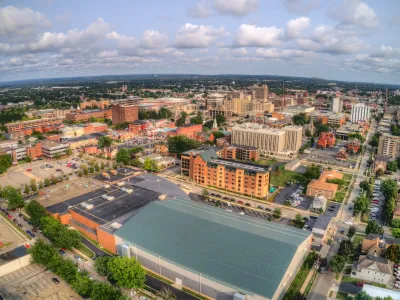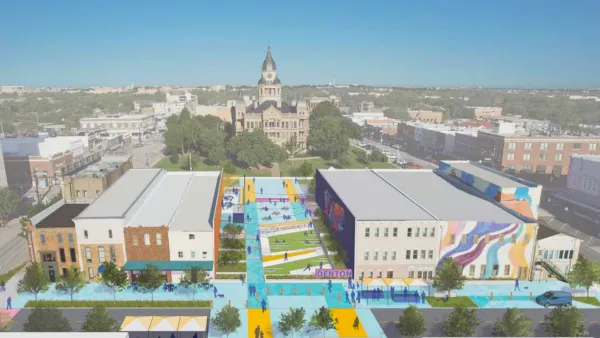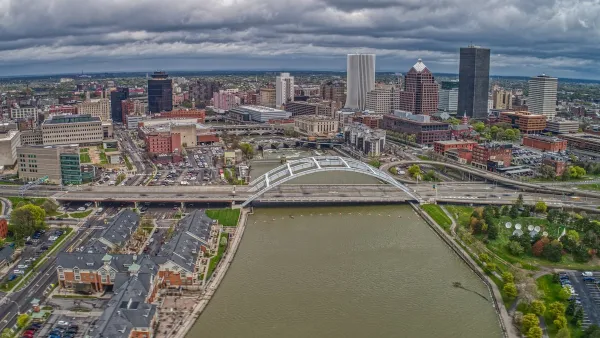The federal economic development program has brought over $100 billion in private investment to revitalize struggling communities.

In an opinion piece for Governing, Steven G. Glickman and Jonathan Tower argue for the expansion of the federal Opportunity Zone program created by the 2017 Tax Cuts and Jobs Act.
Opportunity Zones, the authors explain, “were originally designed as an experiment to incentivize new streams of private capital investment in distressed areas, pushing overly bureaucratic decision-making from the federal government down to more nimble states, cities and individual investors in exchange for long-term investments that generate new economic activity and housing.”
Since then, Opportunity Zones were created in over 8,700 communities across the U.S., attracting more than $100 billion in private investment by 2022, all geared toward revitalizing underserved communities. The authors note that “To get it right, you have to have the right mix of community leaders, investors, entrepreneurs and developers with a shared long-term vision of the future.”
The authors support extending and expanding the program to make more communities eligible, asserting that the program could grow to become the first billion-dollar economic development initiative. “If we are really serious about the success of Opportunity Zones, Congress should include them as a permanent part of the tax code, providing the private sector with the clarity and confidence needed to achieve the true scale of impact that’s possible.”
FULL STORY: Opportunity Zones Are a Big Success. Let’s Make Them a Lot Bigger.

Analysis: Cybertruck Fatality Rate Far Exceeds That of Ford Pinto
The Tesla Cybertruck was recalled seven times last year.

National Parks Layoffs Will Cause Communities to Lose Billions
Thousands of essential park workers were laid off this week, just before the busy spring break season.

Retro-silient?: America’s First “Eco-burb,” The Woodlands Turns 50
A master-planned community north of Houston offers lessons on green infrastructure and resilient design, but falls short of its founder’s lofty affordability and walkability goals.

Test News Post 1
This is a summary

Analysis: Cybertruck Fatality Rate Far Exceeds That of Ford Pinto
The Tesla Cybertruck was recalled seven times last year.

Test News Headline 46
Test for the image on the front page.
Urban Design for Planners 1: Software Tools
This six-course series explores essential urban design concepts using open source software and equips planners with the tools they need to participate fully in the urban design process.
Planning for Universal Design
Learn the tools for implementing Universal Design in planning regulations.
EMC Planning Group, Inc.
Planetizen
Planetizen
Mpact (formerly Rail~Volution)
Great Falls Development Authority, Inc.
HUDs Office of Policy Development and Research
NYU Wagner Graduate School of Public Service




























